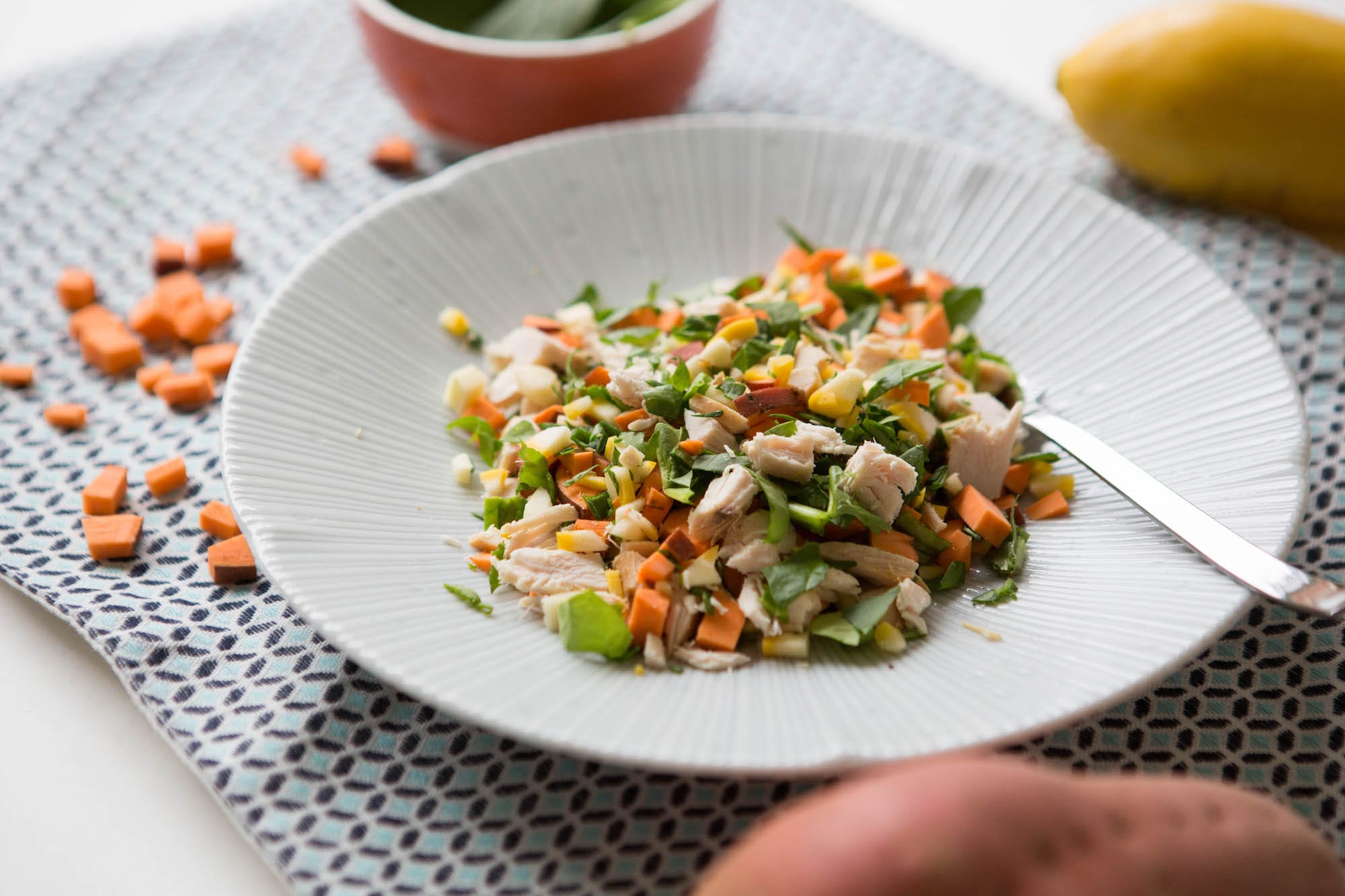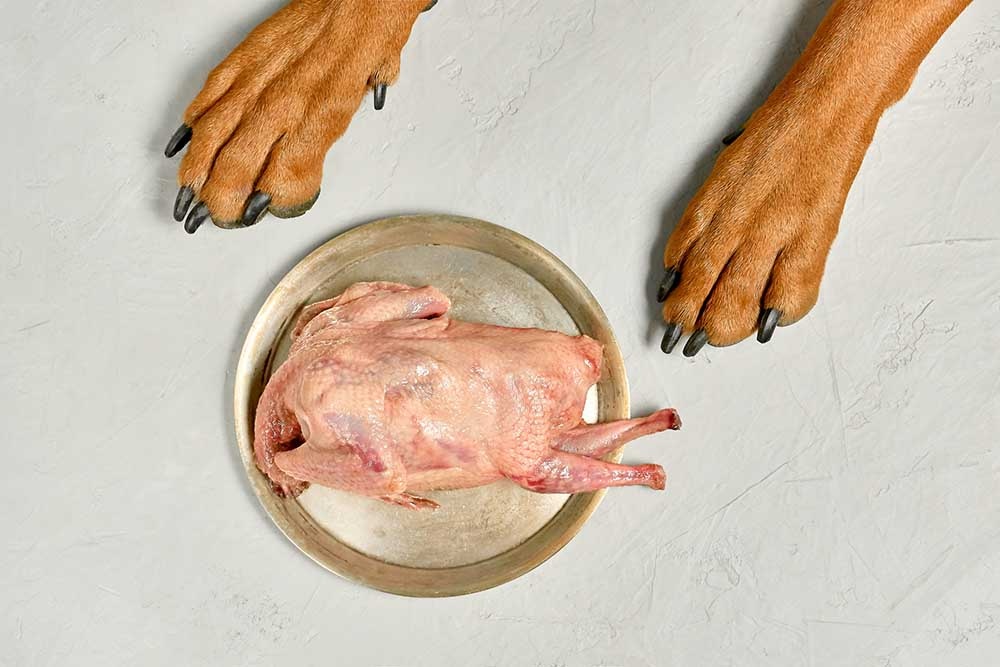Learn : Food & Nutrition
Facts About Kibble
Kibble is what comes to mind when you think of 'typical' dog food. It's what comes inside that giant bag and can sit on a shelf for months (sometimes even years) at a time.
Understanding a bit about how kibble is made is helpful in assessing whether or not it is something you want your dog to be eating. To produce kibble, a mixture of carbs, plant or animal protein, and fats of various quality (and unspecified sources) are mixed into a paste. An extrusion process uses a machine to force these ingredients together and process them into nuggets to create the shape that we associate with kibble. After these nuggets are made, an animal fat is typically sprayed on the kibble to increase palatability.
This results in processed pieces of food that are very calorically dense. This predisposes animals to obesity, as overfeeding even a tiny bit can greatly throw off the caloric content in a meal. Plus, as we understand from our own food, the artificial preservatives and fillers needed to keep these foods 'safe' without refrigeration are far from healthy.
The question then shouldn't be, can dogs survive on kibble? The real question is, do we want them surviving on a product driven by convenience? Or do we want them to thrive on real foods just as we would choose to eat?
Kibble can be made in a variety of ways with different ingredients, but typically, the most common way that we think about a kibble being formed is through what we call an extrusion process. That is a situation where there is a large machine that forces ingredients together under high pressure to give it form and to make that sort of shape that we associate with kibble.
For all intents and purposes, to make a kibble, you have to have a certain amount of carbohydrates, and then the other ingredients, depending upon the diet, might proteins and fats or animal proteins and fats of various types and qualities that are put together, almost like a paste, that go into the machine. They are processed into these little nuggets, and after the kibble as we know it is sort of , then there is some palate-ent (something to increase the flavor of the food) sprayed onto the outside of the kibble, and this is typically some sort of sprayed-on animal fat or something else that dogs might enjoy.
Those things create a very dense sort of kibble of nutrition. When we think about weight, kibbles are very calorically dense. They are so dense that if you overfeed them, even a little, it can predispose animals to obesity and other concerning conditions in the long term, so we know many dogs do well on kibbles. The question is not “can an animal survive on kibble?” It is looking for new strategies about fresh food and what the benefits may be over the traditional process of convenience-based kibble.


 Benefits Of A Fresh Diet
Benefits Of A Fresh Diet
 Probiotics For Dogs
Probiotics For Dogs
 What Is A Raw Dog Food Diet?
What Is A Raw Dog Food Diet?
 The Truth About Treats - Tasty, but Not Equal
The Truth About Treats - Tasty, but Not Equal
 What Does a Balanced Diet for Dogs Include?
What Does a Balanced Diet for Dogs Include?